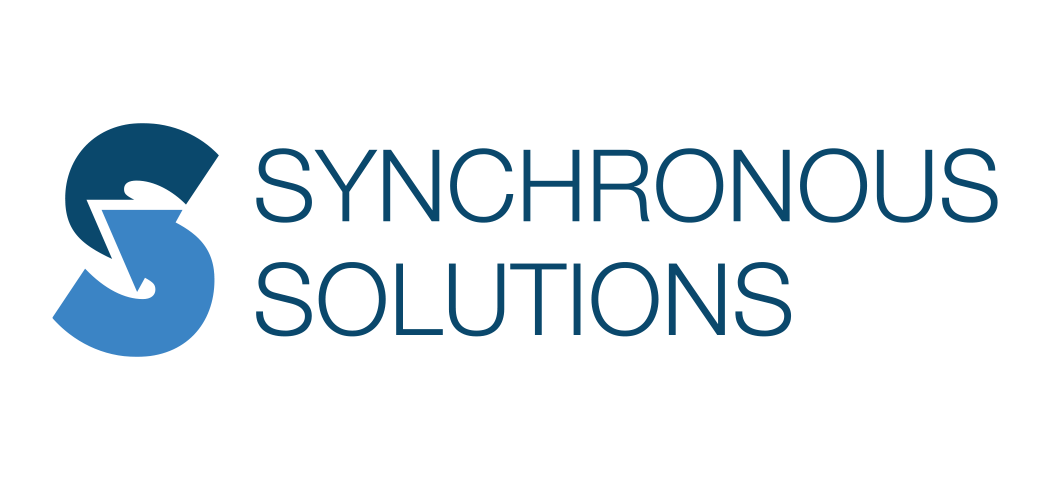
By: Rob Loughridge, Principal, Synchronous Solutions
In today’s fast-paced business environment, improving efficiency isn’t just a goal—it’s a necessity. Whether you’re managing a manufacturing plant, a project team, or even a personal workflow, identifying and removing bottlenecks can make the difference between thriving and merely surviving. This is where the Theory of Constraints (TOC)* comes in—a powerful management philosophy that helps organizations pinpoint and address their biggest limiting factor to performance.
What Is the Theory of Constraints?
TOC is built on a simple yet profound principle: Every system has typically one constraint, and performance is dictated by that constraint. Just as the strength of a chain is limited by its weakest link, the throughput of any process is governed by its slowest or most limiting component.
The Five Focusing Steps
TOC uses a structured approach known as the Five Focusing Steps to manage constraints:
- Identify the Constraint
Determine what part of the process is limiting overall performance. This could be a slow machine on a production line, a scarce resource, or even a policy or mindset. - Exploit the Constraint
Maximize the efficiency of the constraint without major investments. This might mean ensuring the bottleneck resource is always in use and working on the highest-priority tasks. - Subordinate Everything Else
Align all other processes to support the constraint. Non-constraint resources should adjust their schedules and workflows to ensure the constraint remains the primary focus. - Elevate the Constraint
If the constraint is still limiting performance after steps 1–3, consider taking more significant action, such as adding capacity, investing in new technology, or restructuring the process. - Repeat the Process
Once one constraint is resolved, another will emerge. TOC is a continuous improvement loop, not a one-time fix.
TOC in Action
Imagine a small bakery that can make hundreds of loaves of bread a day, but only has one oven. No matter how fast the bakers work, the rate at which bread is baked is limited by the oven. The oven is the constraint. TOC would direct the bakery to first ensure the oven is always running efficiently (exploit), then schedule the rest of the operations around the oven’s pace (subordinate), and finally, if needed, invest in a second oven (elevate).
Applications Beyond Manufacturing
Though TOC originated in manufacturing, it has since been applied to various industries including healthcare, software development, project management (through Critical Chain Project Management), and even personal productivity. Wherever there’s a process, there’s a constraint—and TOC provides a practical framework for improvement.
Why TOC Matters
What sets TOC apart from other improvement methodologies is its clarity and focus. Instead of attempting to improve everything at once, it encourages leaders to channel their efforts where it counts the most. By removing the biggest barrier to progress, organizations can experience rapid and often dramatic performance gains.
In a world where time and resources are always limited, the Theory of Constraints offers a lens for making smarter decisions, faster. It reminds us that working harder isn’t always the answer—working smarter by focusing on the constraint.
For more information on how Synchronous Solutions can help you leverage the Theory of Constraints to drastically improve your business, reach out. We love this stuff and would love to discuss how we can make it work for you.
* Note: Developed by Dr. Eliyahu M. Goldratt and introduced in his 1984 book The Goal, the Theory of Constraints is a methodology for identifying the single most important limiting factor—or constraint—that stands in the way of achieving a goal, and then systematically improving or eliminating that constraint.


